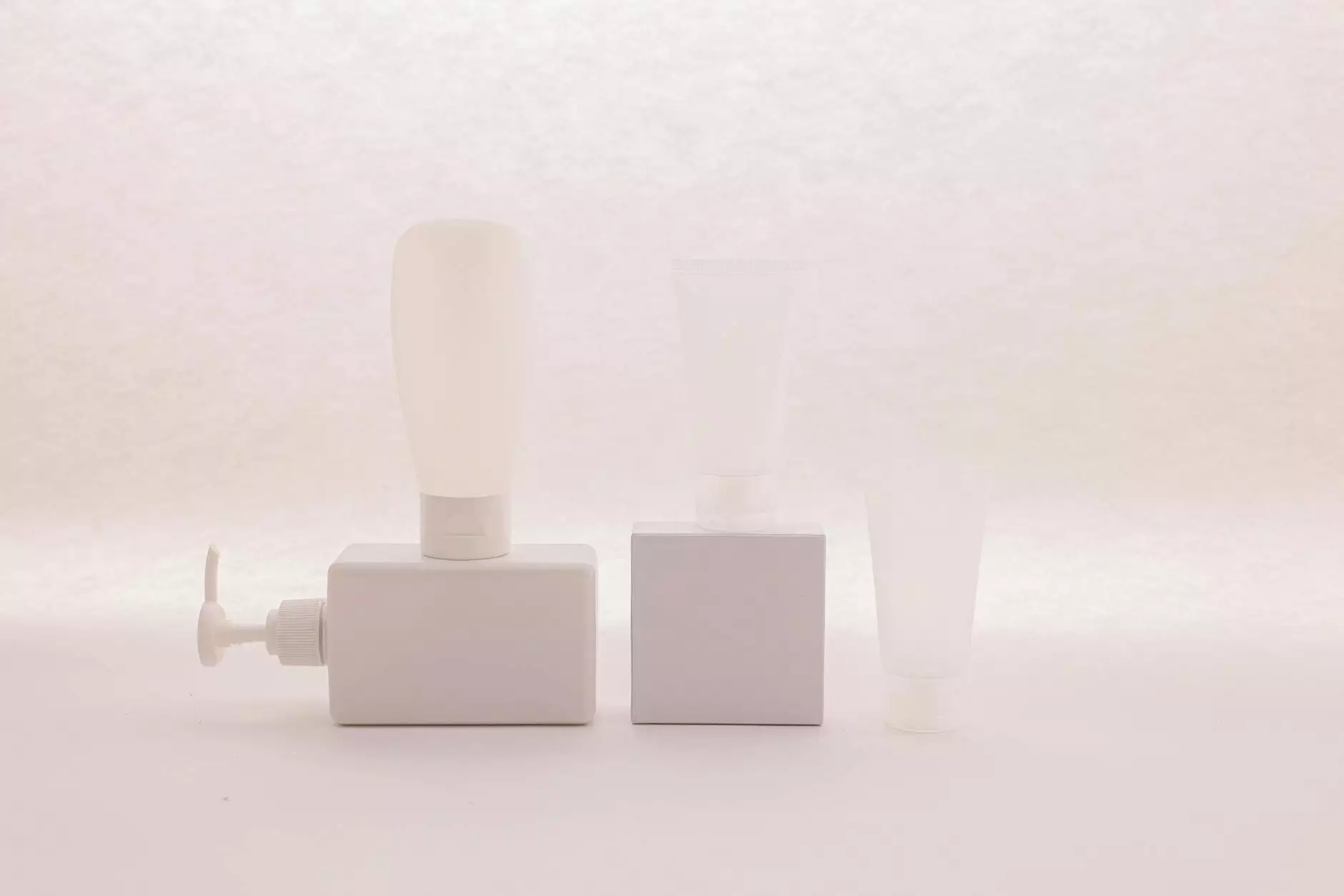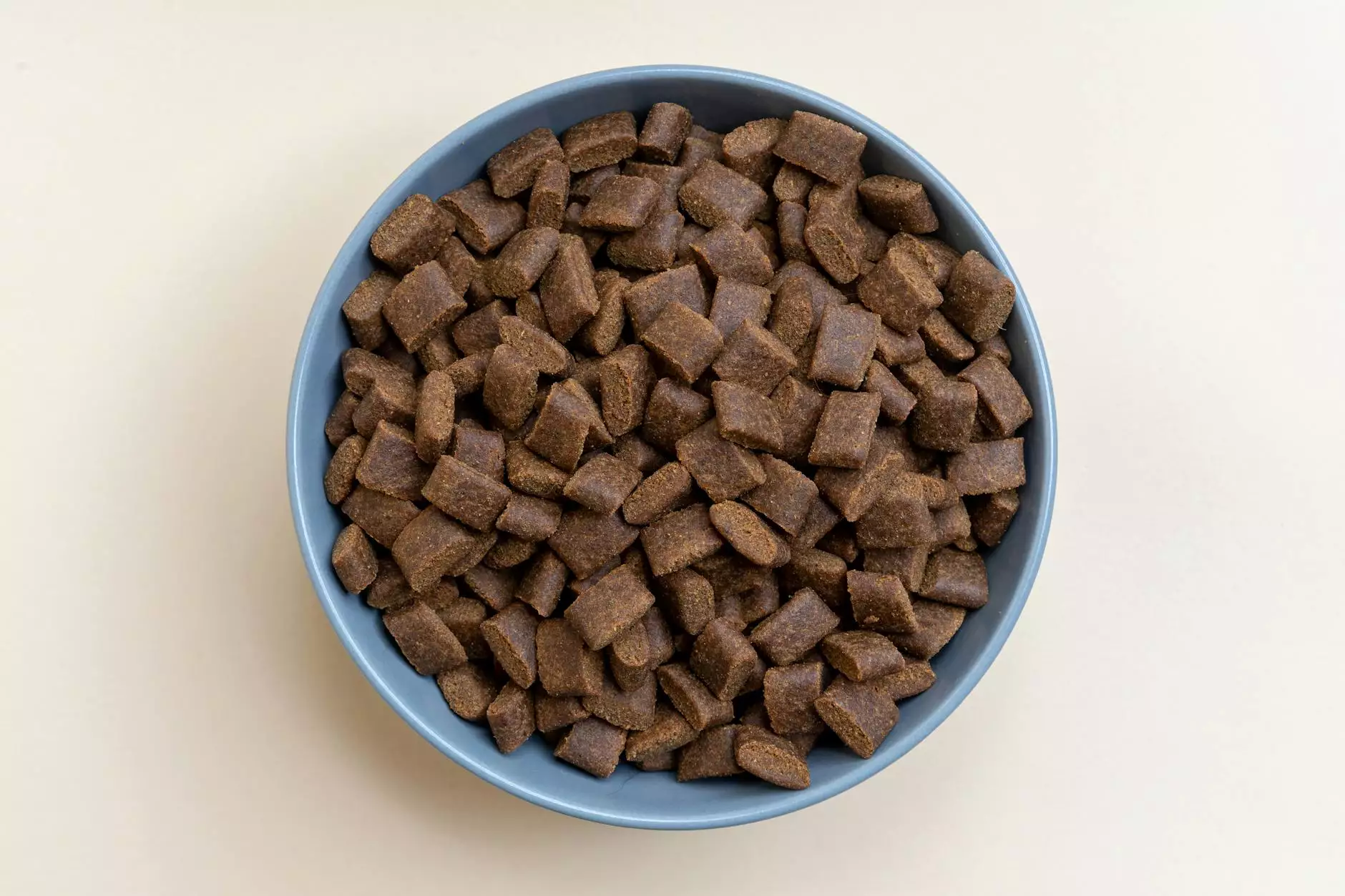Understanding the Western Blot Transfer Apparatus for Better Research Outcomes

The western blot transfer apparatus is an essential tool in molecular biology, enabling researchers to detect specific proteins in a given sample. This technique is crucial for understanding protein expression, localization, and interaction in various biological processes. In this comprehensive article, we will delve into the intricacies of the western blot transfer apparatus, exploring its components, function, and the best practices for achieving optimal results in experiments.
What is a Western Blot?
The western blot technique involves separating proteins by gel electrophoresis, transferring them to a membrane, and probing with specific antibodies to detect target proteins. It is a widely used analytical method that has revolutionized fields such as biochemistry, molecular biology, and clinical diagnostics.
The Role of the Western Blot Transfer Apparatus
At the heart of the western blotting process lies the western blot transfer apparatus, which performs the critical function of transferring proteins from the gel onto a membrane. This step is vital because it enhances the accessibility of proteins for antibody binding and visualization.
Key Components of the Western Blot Transfer Apparatus
A typical western blot transfer apparatus consists of the following components:
- Transfer Cell: This is where the transfer process takes place. The transfer cell contains electrodes that facilitate the movement of proteins from the gel to the membrane.
- Membrane: Common membranes used include polyvinylidene fluoride (PVDF) and nitrocellulose. The choice of membrane affects protein binding efficiency.
- Gel Support: Ensures even contact of the gel with the membrane and maintains the integrity of the transfer process.
- Power Supply: Provides the necessary voltage to drive the protein transfer process. The applied voltage and time can be optimized based on the protein size and the gel type.
- Buffer System: A suitable transfer buffer is essential to facilitate the movement of proteins and maintain them in native form during the transfer.
How the Western Blot Transfer Apparatus Works
The operation of the western blot transfer apparatus relies on electroblotting. Here’s how it typically works:
- Preparation: The gel, containing separated proteins, is prepared with a pre-wetted membrane.
- Assembly: The transfer apparatus is assembled, placing the gel and membrane in the appropriate orientation.
- Electroblotting: When the power supply is turned on, proteins are driven out of the gel and onto the membrane by the application of electrical current.
- Post-Transfer Processing: After the transfer, the membrane is treated with blocking agents to prevent non-specific binding of antibodies.
Choosing the Right Western Blot Transfer Apparatus
Selecting the appropriate western blot transfer apparatus can significantly influence the success of your experiments. Here are some considerations:
- Type of Transfer: Decide between semi-dry and wet transfer methods. Semi-dry transfer is faster and uses less buffer, while wet transfer is typically more efficient for larger proteins.
- Size Compatibility: Ensure the apparatus can accommodate the dimensions of your gels and membranes.
- Electrode Configuration: Various configurations can affect protein transfer efficiency and ease of use.
- Voltage Control: Having adjustable voltage settings allows for optimization based on different experimental needs.
Best Practices for Optimizing Western Blot Transfer
To achieve optimal results when utilizing the western blot transfer apparatus, consider the following best practices:
- Gel Preparation: Ensure your gel is correctly polymerized and not overloading it with sample proteins.
- Buffer Selection: Use a suitable transfer buffer that maintains protein stability and enhances transfer efficiency. Consider using buffers with Tris-Glycine or CAPS.
- Transfer Time and Voltage: Adjust the transfer time and voltage based on protein size; larger proteins typically require longer transfer times.
- Membrane Pre-wetting: Pre-wet PVDF membranes in methanol before assembly to enhance protein binding.
- Block Non-specific Sites: Use appropriate blocking solutions (such as non-fat milk or BSA) to prevent non-specific binding of antibodies.
Advantages of Using the Western Blot Transfer Apparatus
The western blot transfer apparatus offers several advantages for researchers:
- High Specificity: Specific antibodies can be used for detecting individual proteins within complex mixtures.
- Quantitative Analysis: Allows for the quantification of protein levels, aiding in comparative studies.
- Versatility: Applicable in various fields, including diagnostics, research, and drug development.
The Future of Western Blotting Techniques
Recent advancements in technology are paving the way for the future of western blotting. Innovations such as:
- Automated Systems: Automation can improve throughput and increase consistency in results.
- High-density Membranes: These membranes allow for multiplexing, enabling the detection of multiple targets in a single run.
- Fluorescent Detection: High-sensitivity detection systems provide greater dynamic ranges and more precise quantification.
Conclusion
The western blot transfer apparatus is an indispensable tool in modern biotechnology and molecular biology research. Understanding its components, operational mechanisms, and best practices is critical for producing reliable and replicable results. As the demand for robust protein analysis continues to grow, staying informed about advancements in technology will help researchers remain at the forefront of their fields.
This detailed exploration into the western blot transfer apparatus provides not only foundational knowledge but also practical insights for optimizing research outcomes. By embracing best practices and next-generation technologies, you can enhance your laboratory's capabilities and contribute to meaningful scientific discoveries. For more information about state-of-the-art products and solutions, visit precisionbiosystems.com.









